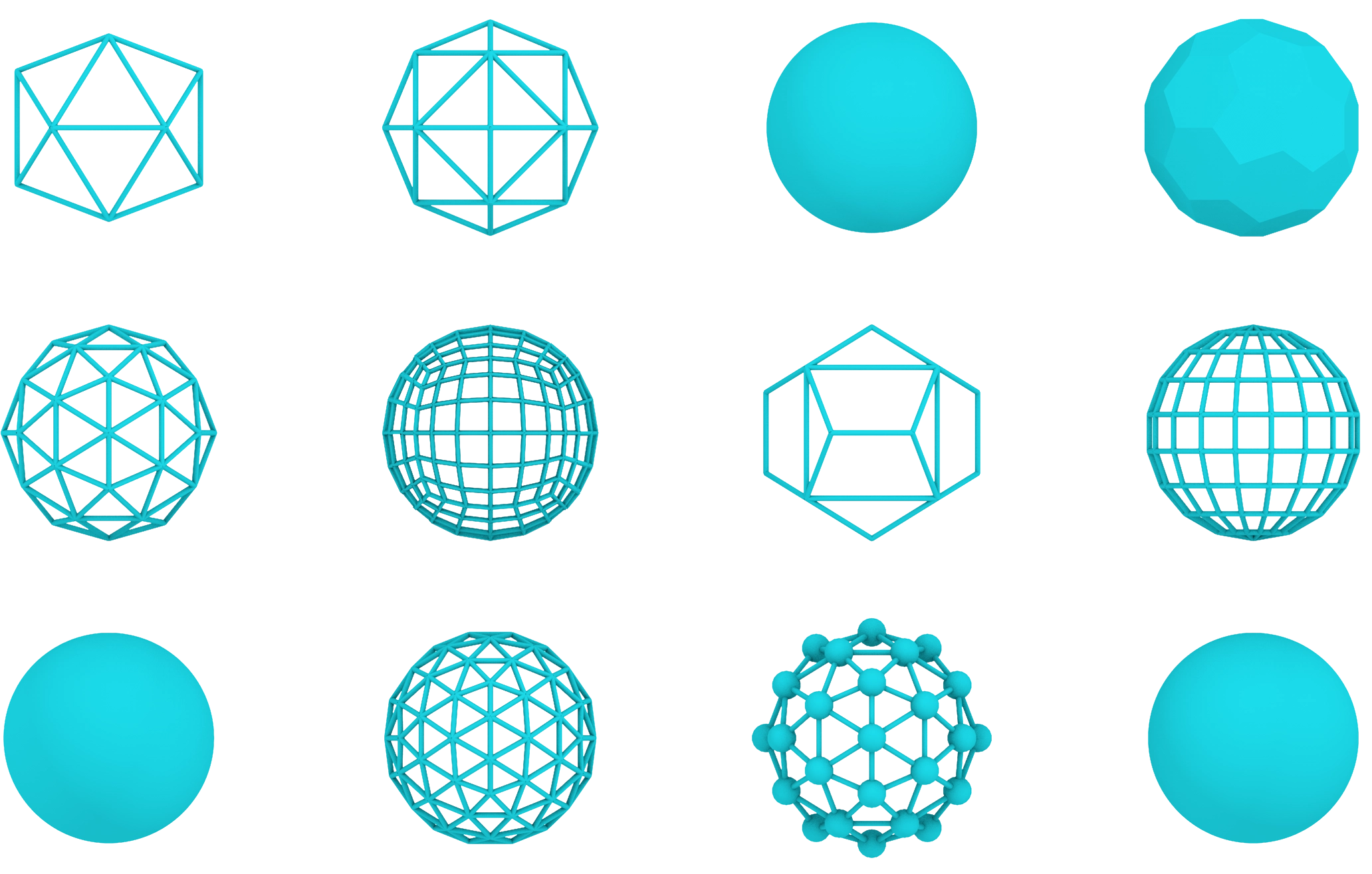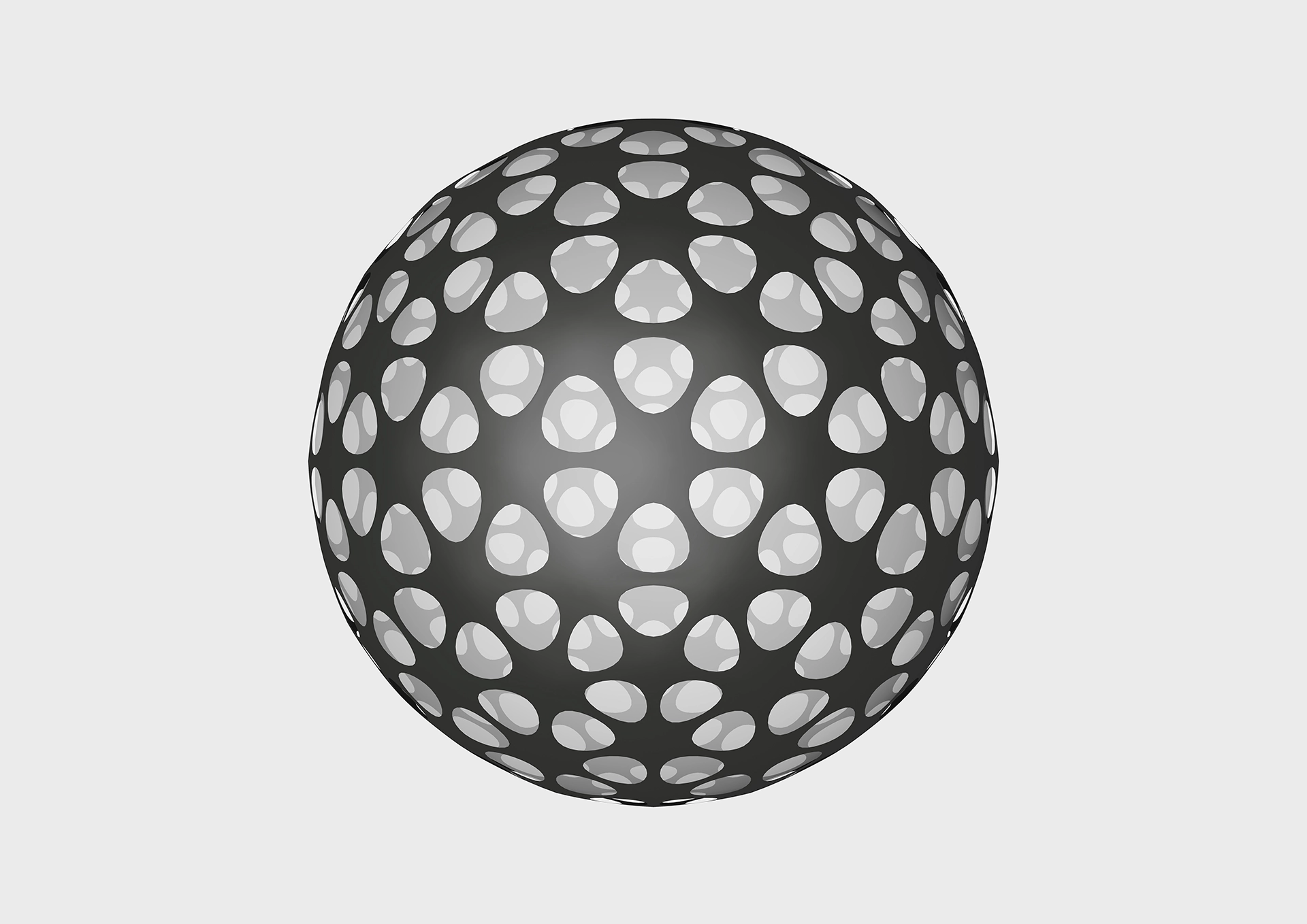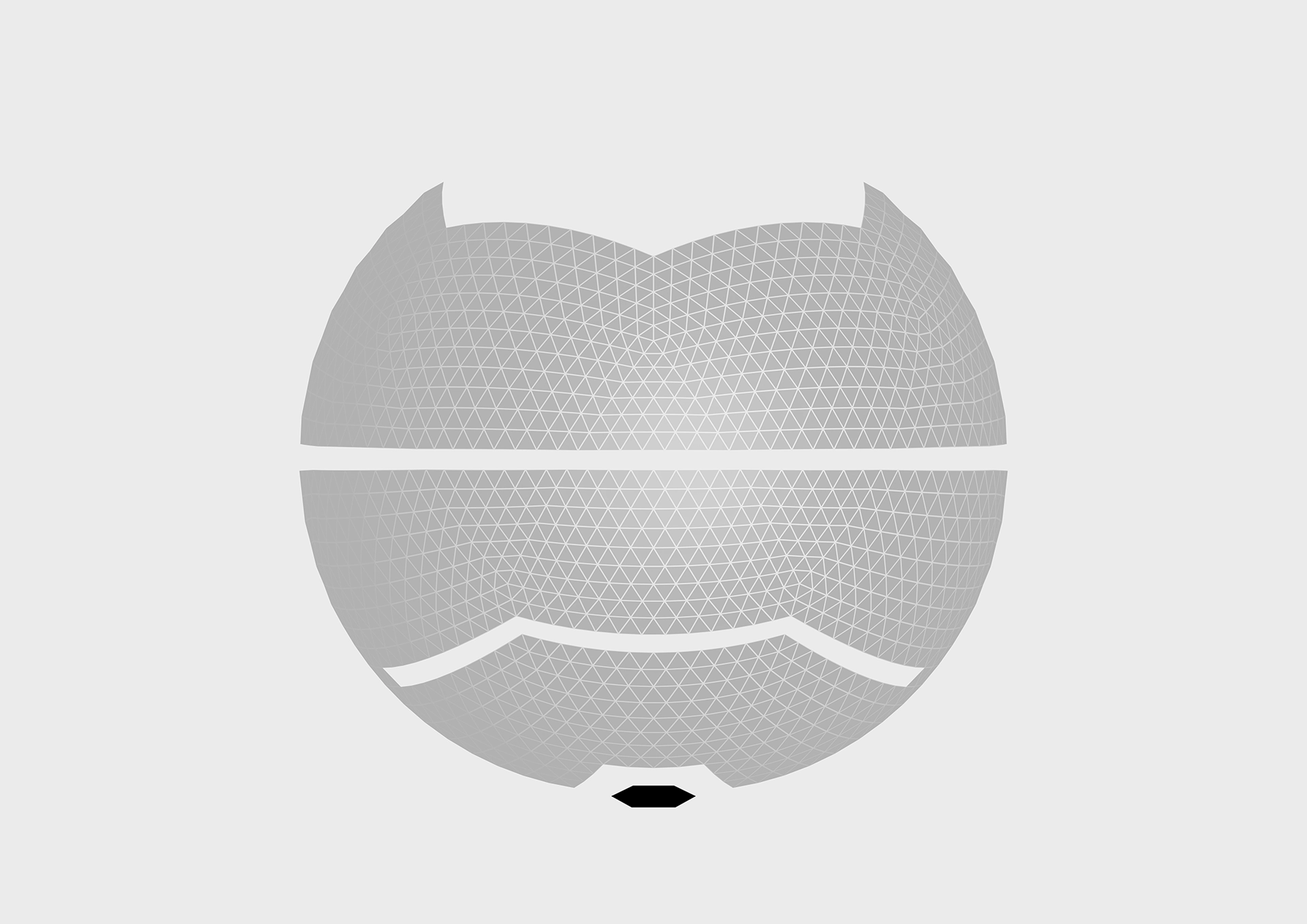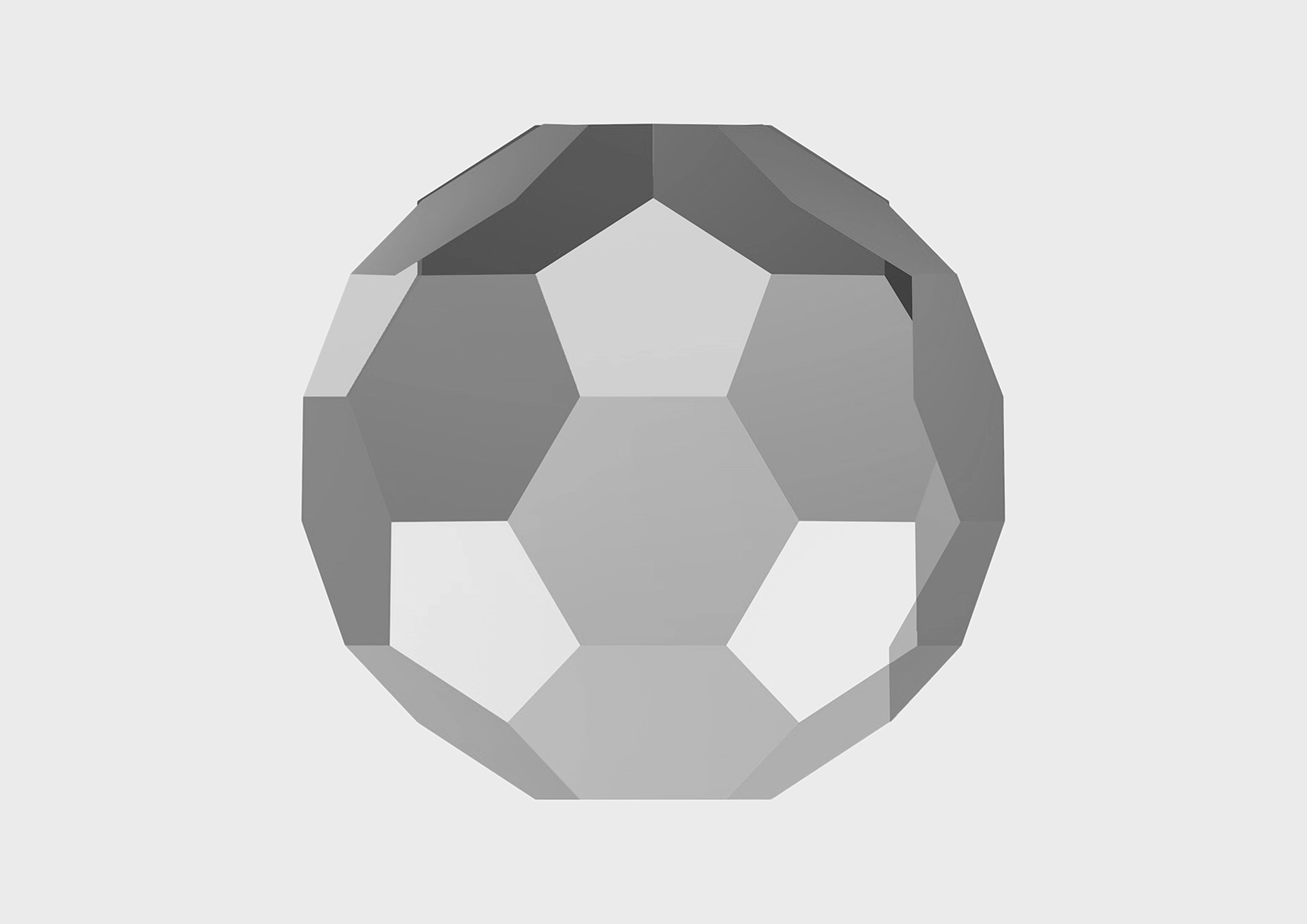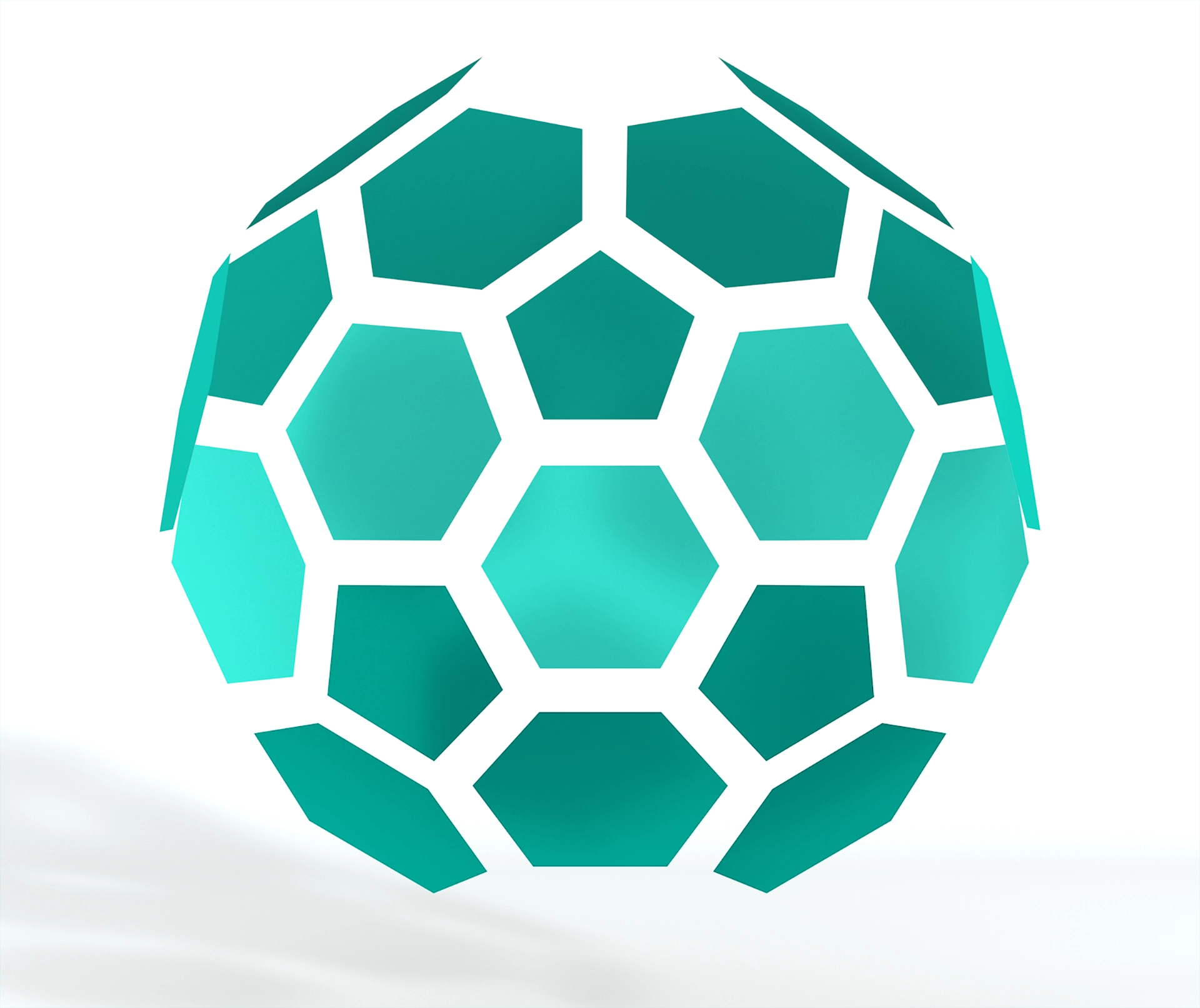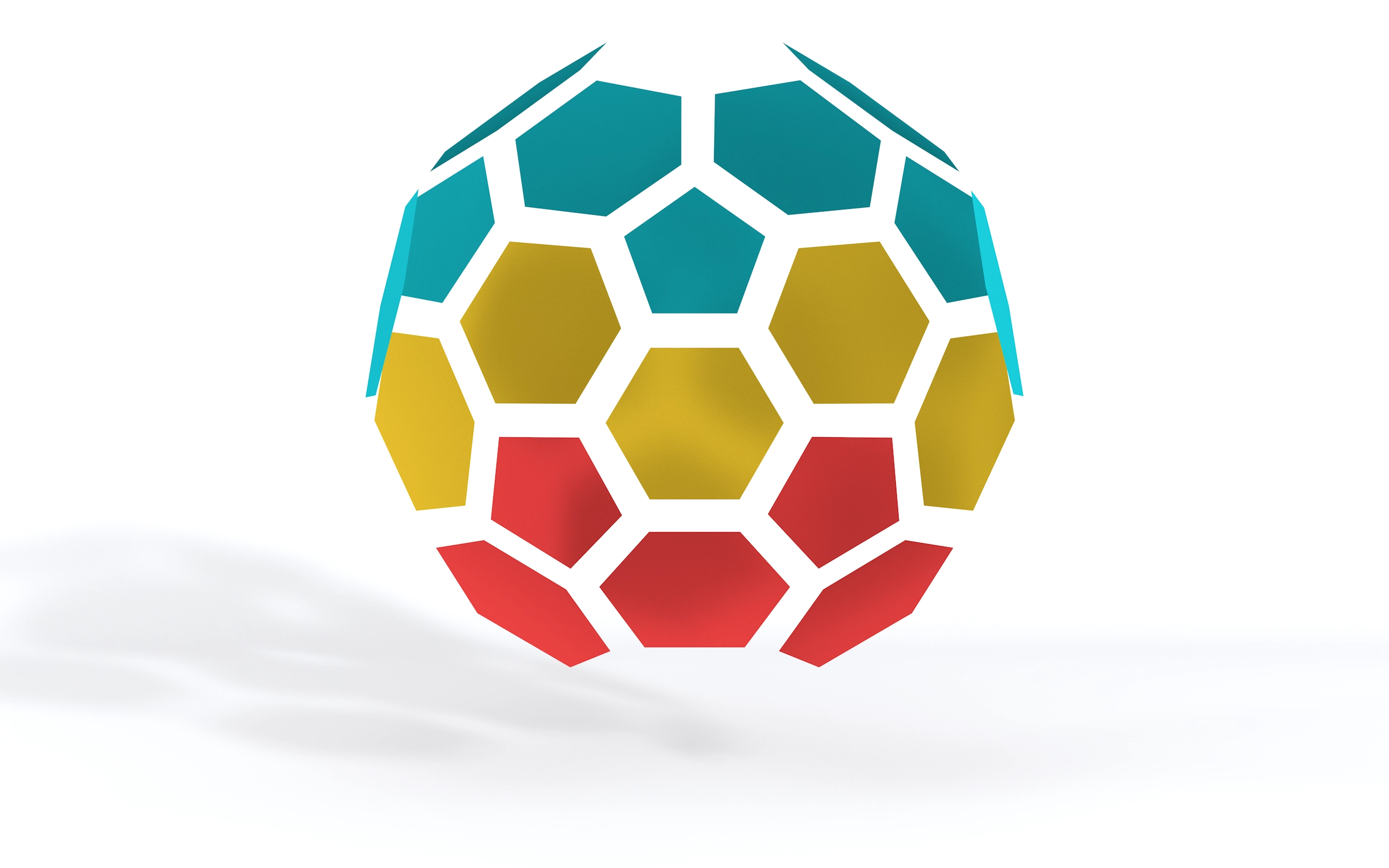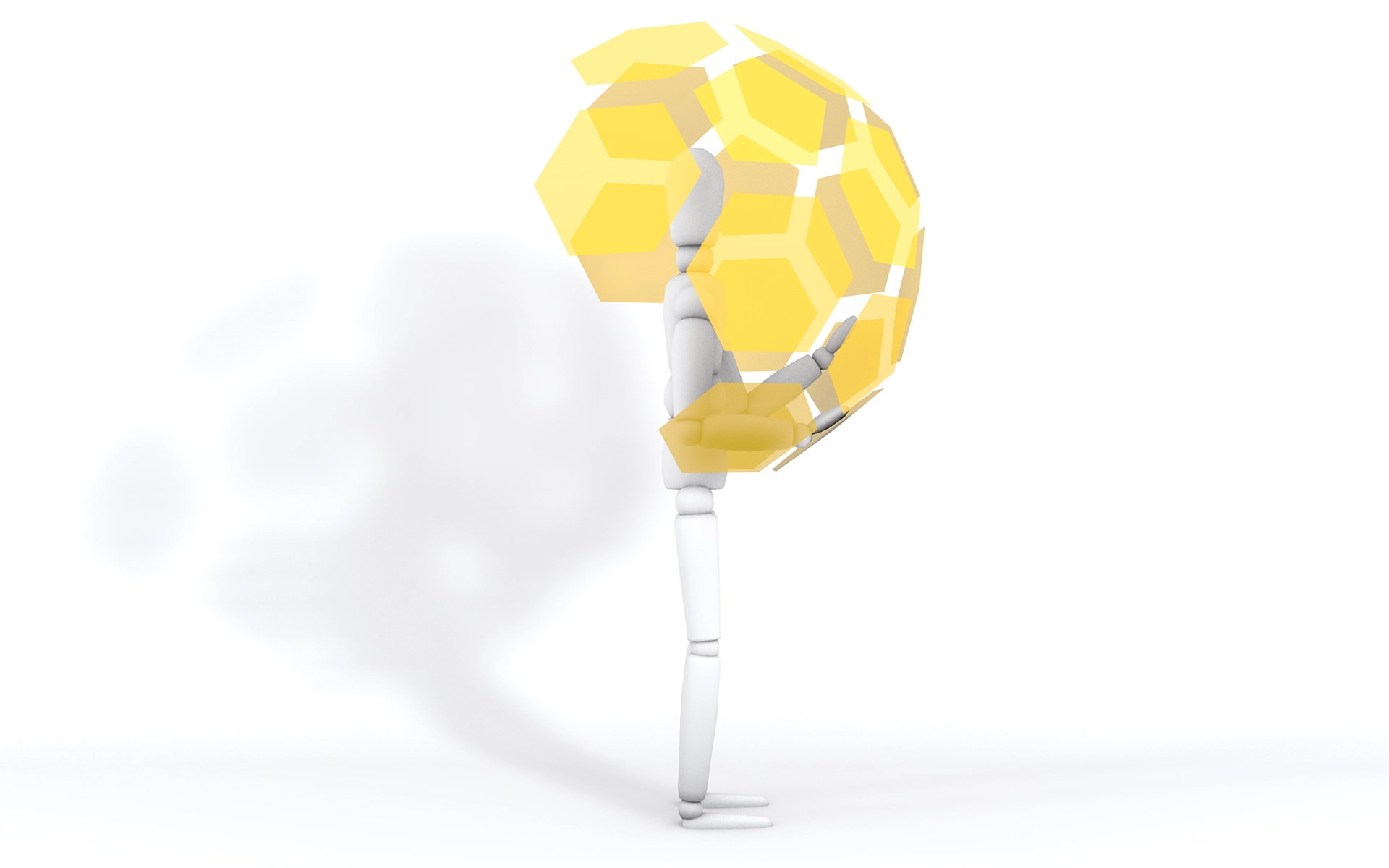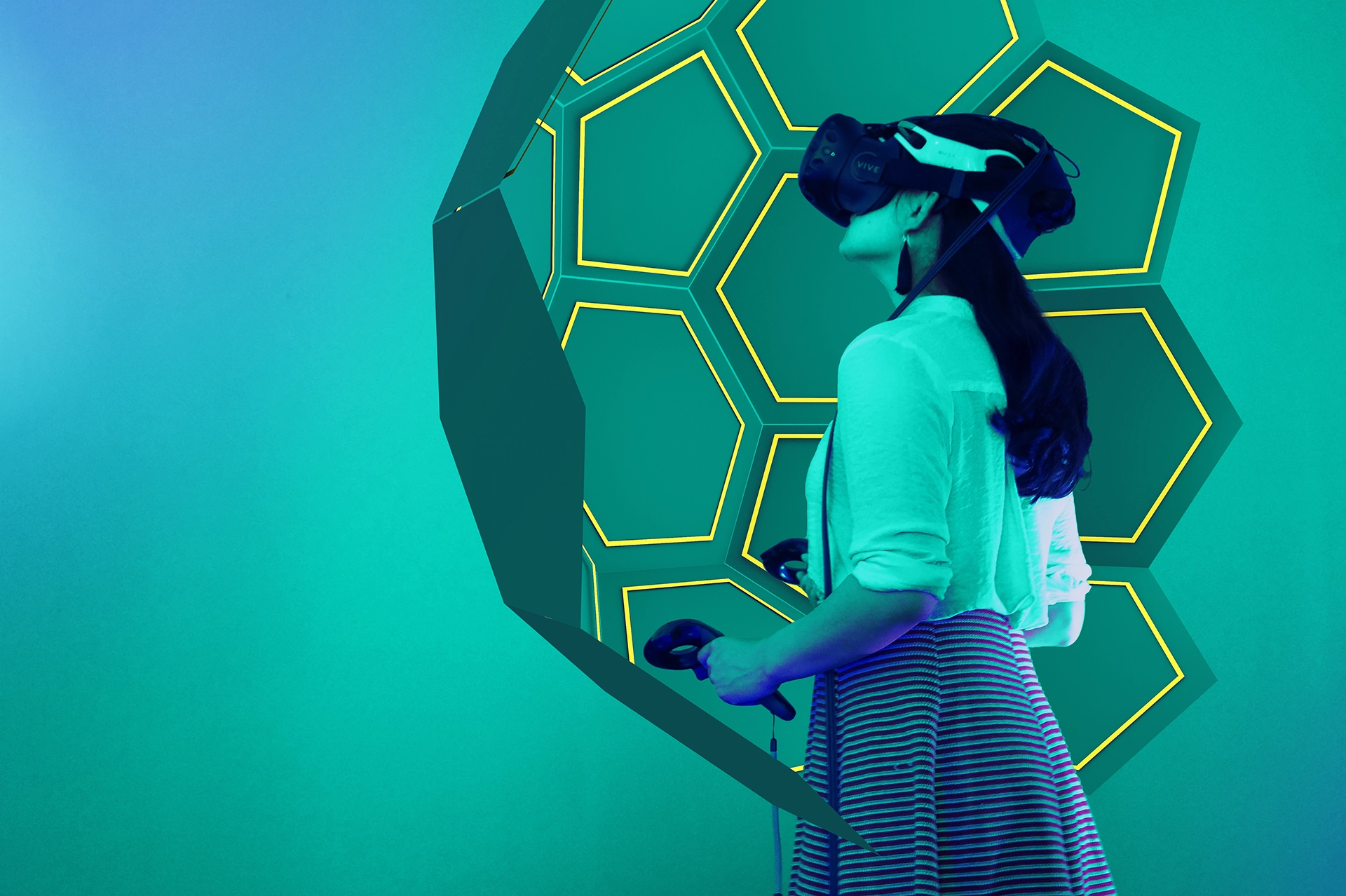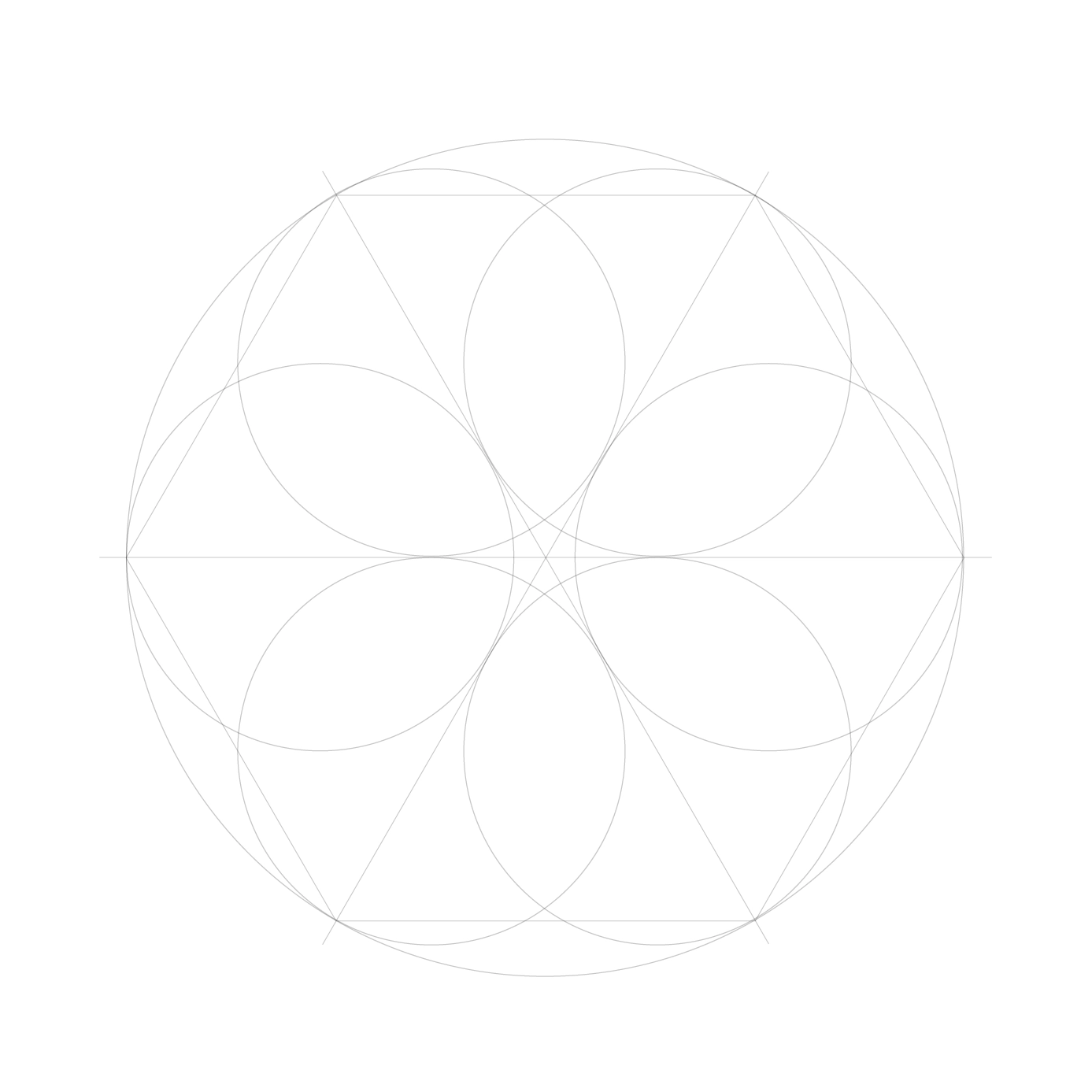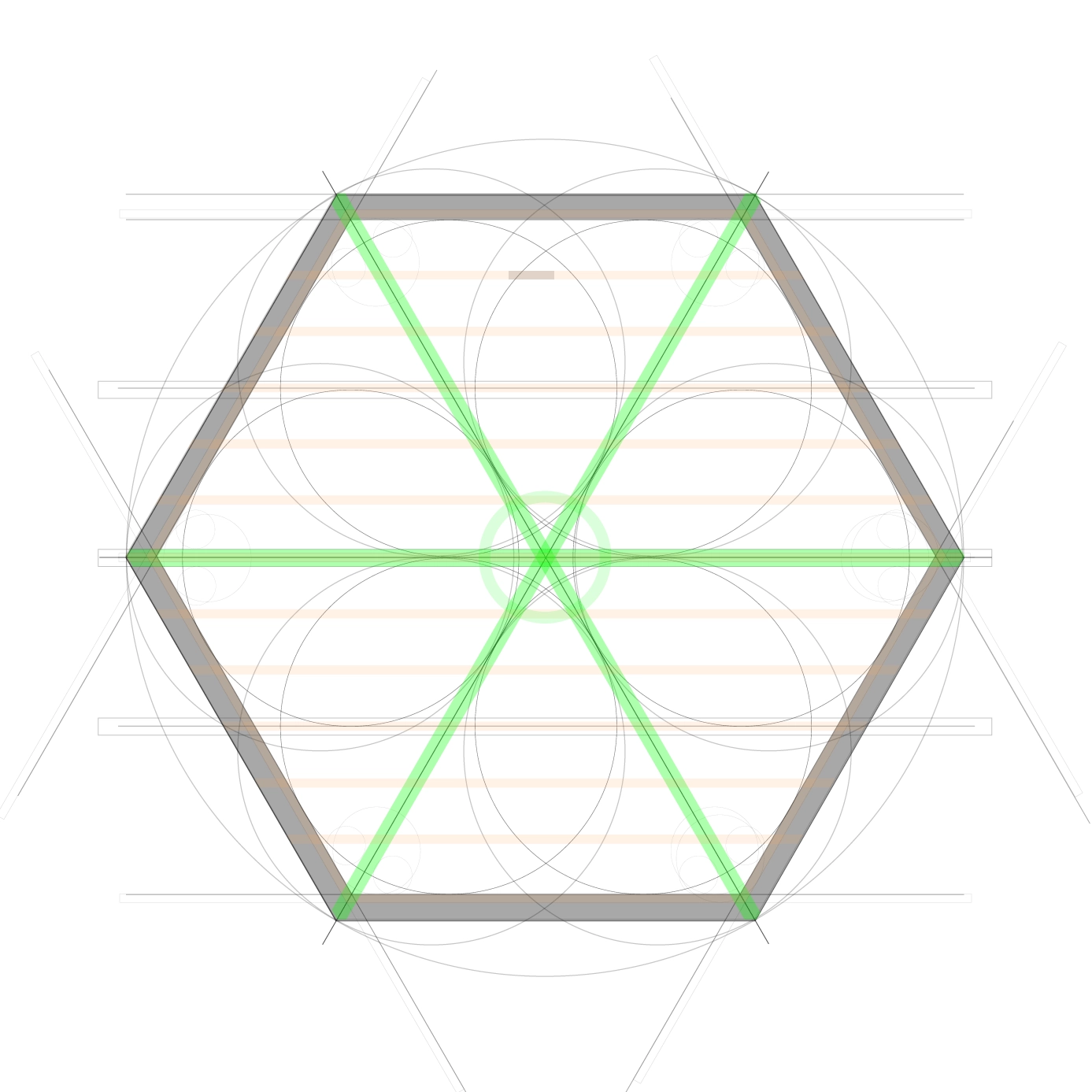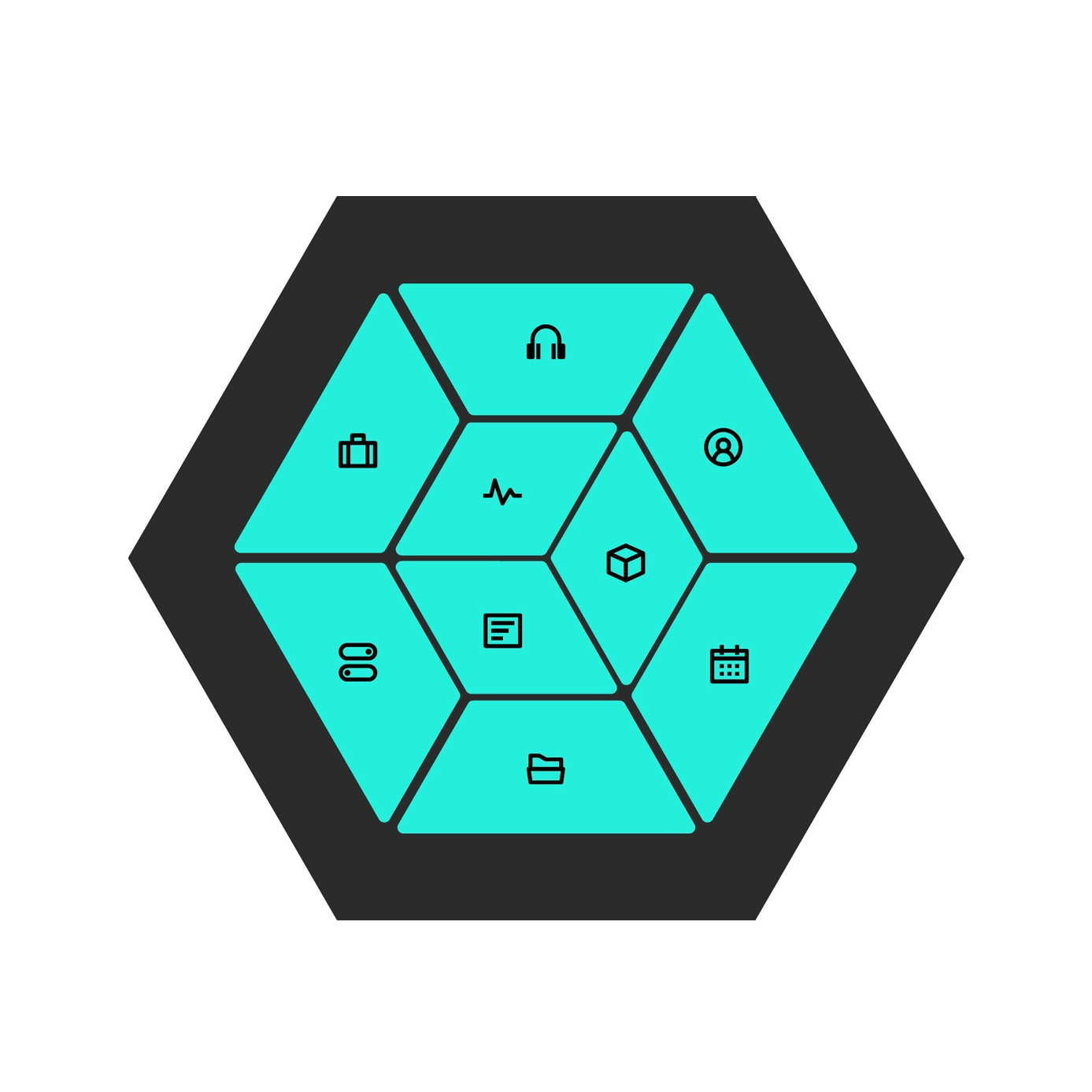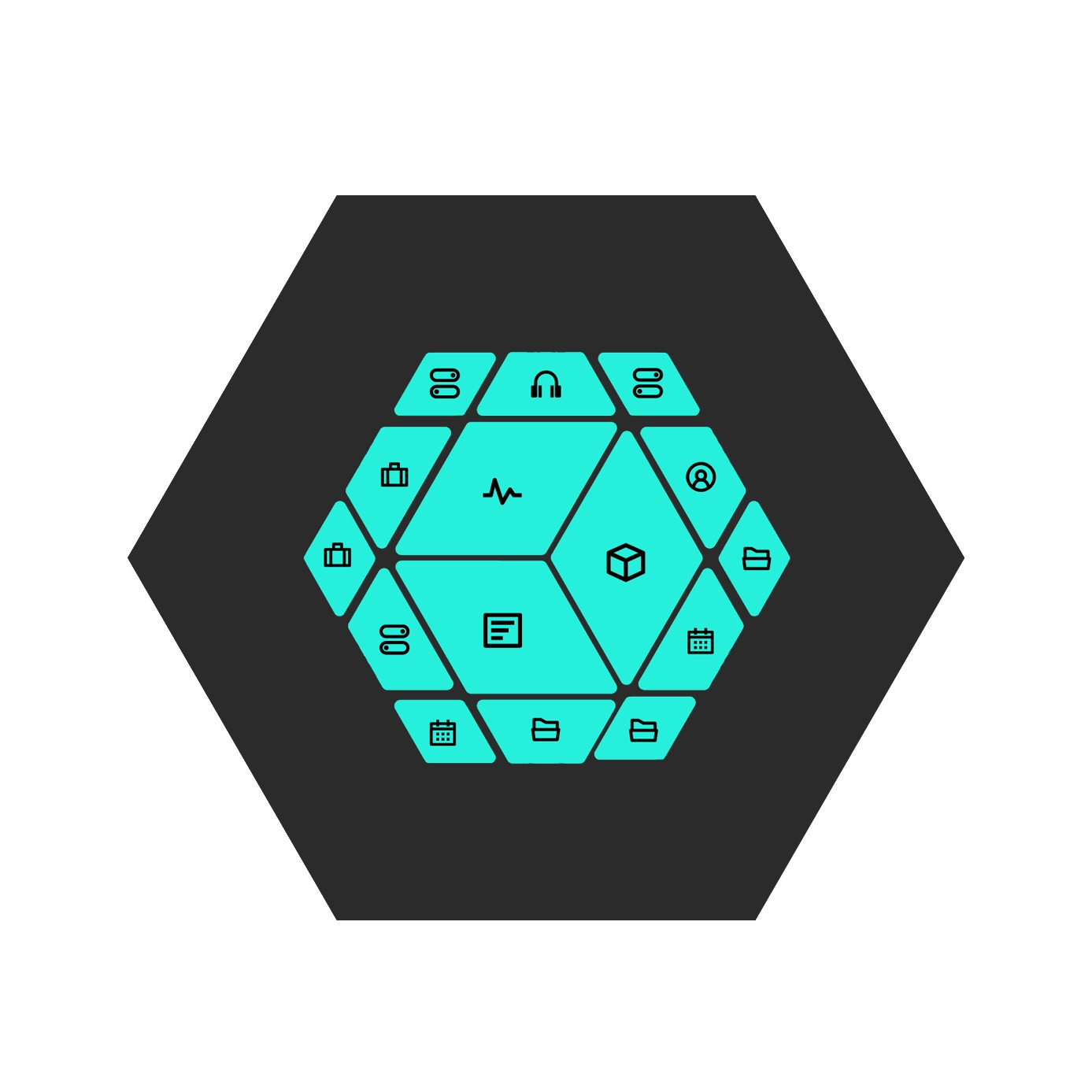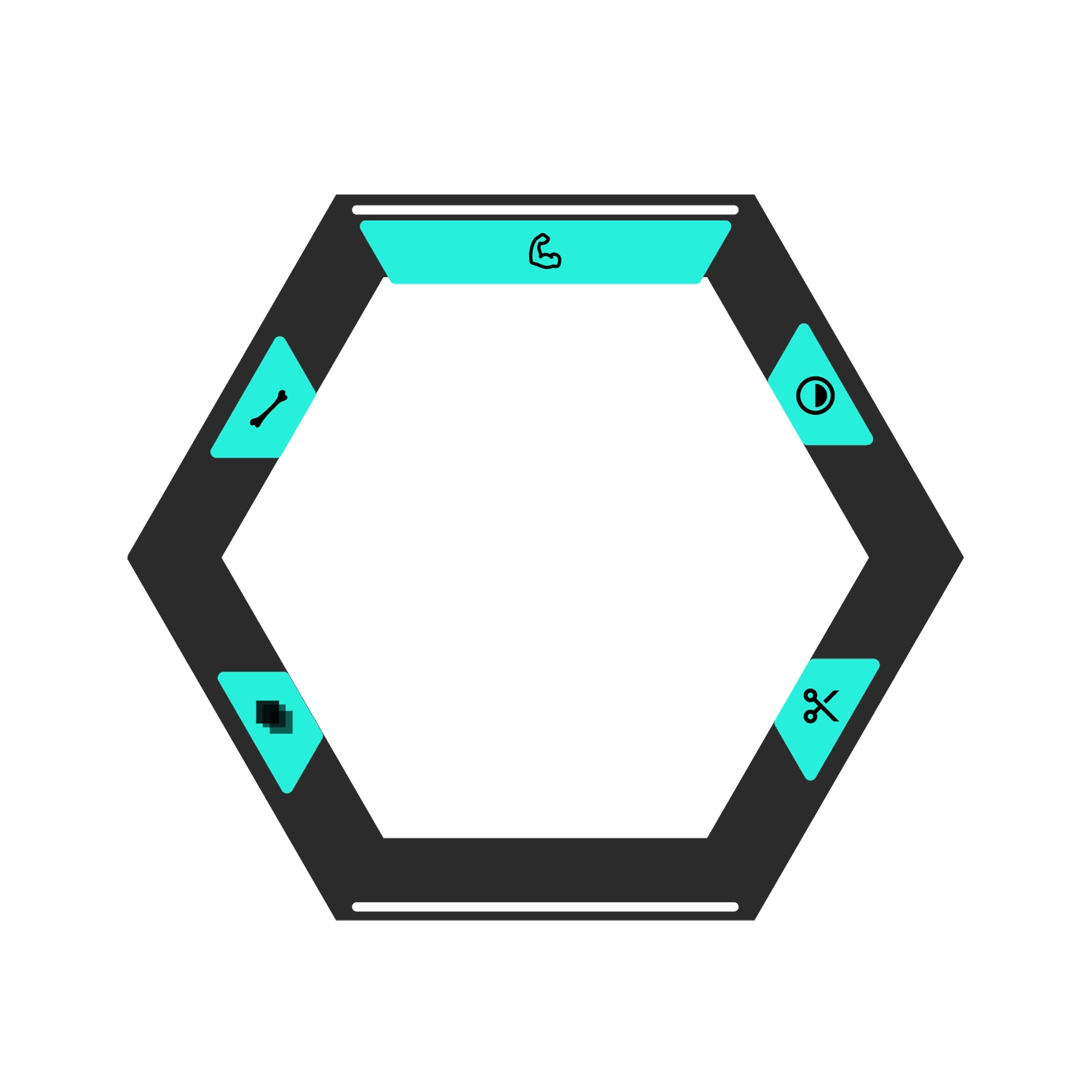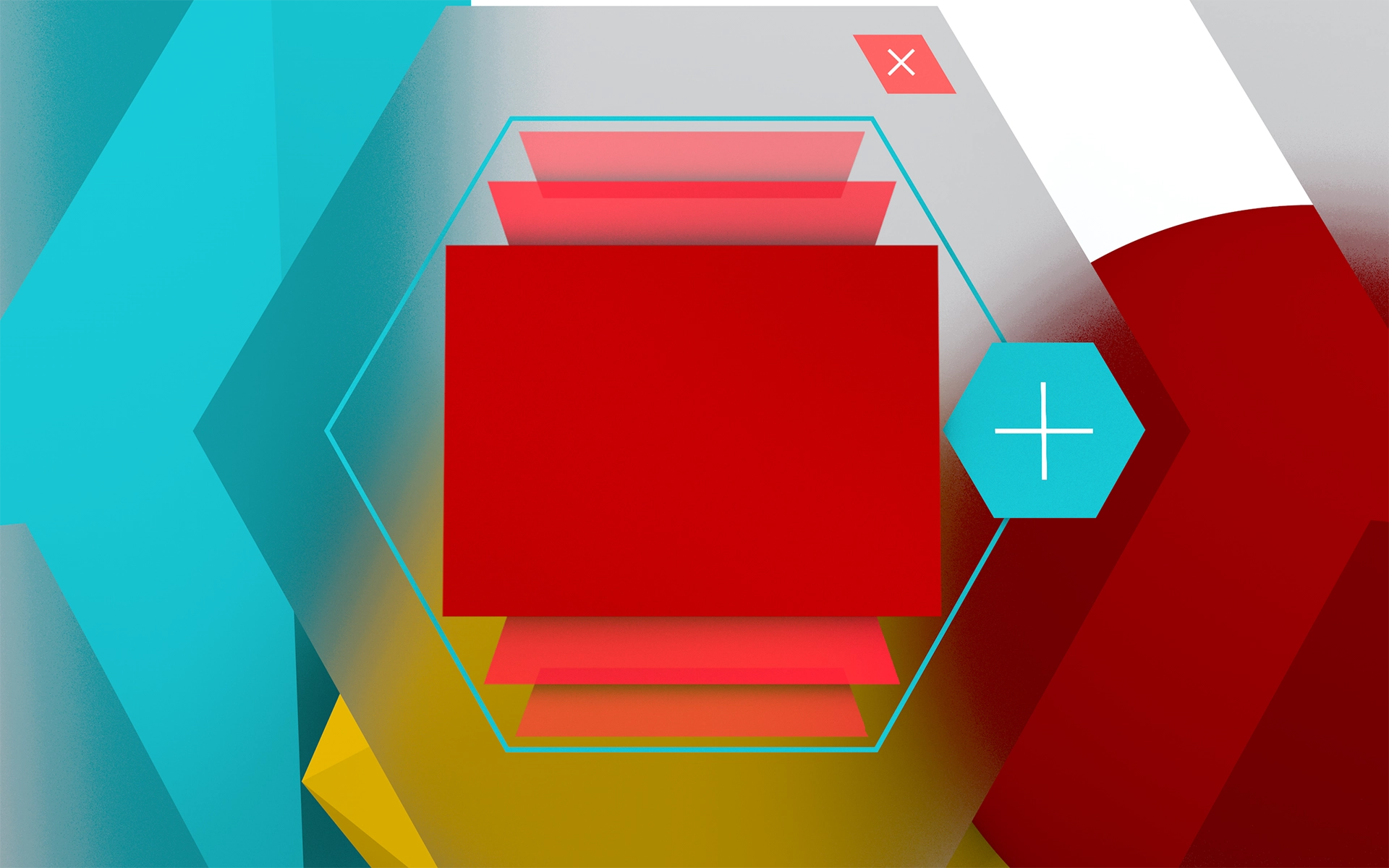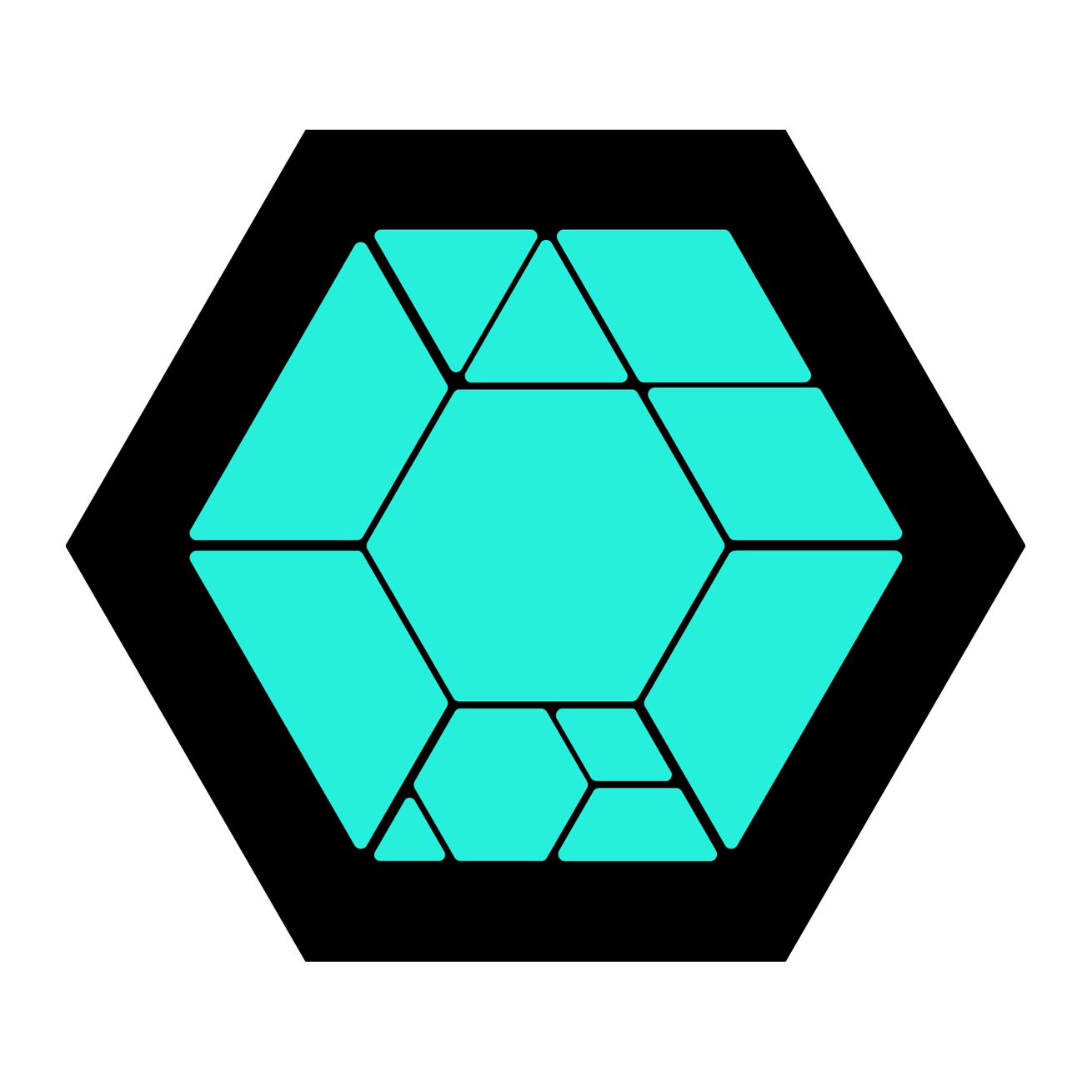MedicVR — Iteration 2: Part 1
Spatial UI Design and Geometrical Evolution
The second iteration of the MedicVR Project focuses on the design and development of spatial user interfaces (UIs) for virtual reality (VR) environments. Inspired by how squares are the most efficient shape for two-dimensional screens, this phase investigates the optimal geometric shapes for three-dimensional spaces. The goal is to create a modular 3D grid system that enhances efficiency, usability, and ergonomics in VR applications.
Geometric Experimentation
The design process began with an exploration of various shapes to determine the most suitable form for spatial UI in VR. Spherical, squared, and triangular shapes were tested to evaluate how well they fit the interface into an ergonomic 3D space. Each shape was assessed for its adaptability to user movements and its ability to maximize usability in immersive VR spaces. The focus was on identifying a structure that:
Maintains visual clarity and avoids distortion.
Supports intuitive interaction and natural user movements.
Organizes UI elements efficiently in a three-dimensional virtual environment.
The GEODESIC DOME as a 360° UI solution
After experimenting with various shapes, the geodesic dome was identified as an ideal solution for organizing spatial UI in a 360-degree virtual reality environment. This structure balances ergonomics, efficiency, and modularity, making it a powerful framework for VR interfaces. Key Features of the Geodesic Dome in VR UI Design:
Uniform Distribution: The polygon arrangement of the dome ensures UI elements are evenly spread across the user’s field of view, allowing easy access without excessive head or body movement.
Natural Alignment: The layout aligns with the natural movement of the head and eyes, reducing strain and enhancing comfort during extended VR sessions.
Flexibility: The modular nature of the geodesic dome supports the dynamic arrangement of UI components, making it adaptable for various VR use cases, such as gaming, training, or medical simulations.
The Grid, the UI, and Geometric Deconstruction in VR
At this stage, the geodesic dome was broken down into its basic geometric components to create a modular and adaptable UI system. A geodesic dome is composed of hexagons and pentagons, providing a balanced and efficient structure for three-dimensional spatial organisation. To design a modular UI, the triangular grid was chosen as the basic shape.
The Triangle: A Modular Framework for VR UI
The triangular grid, as the smallest unit of the geodesic dome, allowed the UI to adapt seamlessly to both hexagonal and pentagonal shapes. The UI integrated naturally into the dome's geometry thanks to this flexibility.
Hexagons: Used for larger, organized sections of the UI in VR.
Pentagons: Allowed seamless integration of UI elements into the pentagonal sections of the geodesic dome.
Other Shapes: Such as rhomboids and trapezoids, provided flexibility for irregular areas, enabling dynamic layouts.
Benefits of the Triangular Grid as a Spatial User Interface for VR
The triangular grid integrates seamlessly with both hexagonal and pentagonal shapes, ensuring the UI adapts to the geodesic dome’s inherent geometry without losing alignment or functionality.
Triangles, as the smallest geometric unit, allow for the creation of a wide variety of shapes, such as hexagons, rhomboids, trapezoids, and even irregular forms. This modularity enables the UI to be tailored to different spatial requirements, offering flexibility for dynamic layouts and tool placement in VR environments.
The triangular grid supports scalability, allowing the UI to expand or contract while maintaining its structural integrity. This is particularly valuable for adapting to various user needs in virtual reality applications, whether for gaming, training, or education.
The triangular grid fosters creativity and experimentation for designers, offering endless possibilities for creating 3D shapes. By combining triangles into hexagons, pentagons, and other forms, designers can explore modular layouts and innovative configurations, encouraging creativity in the VR design process.
